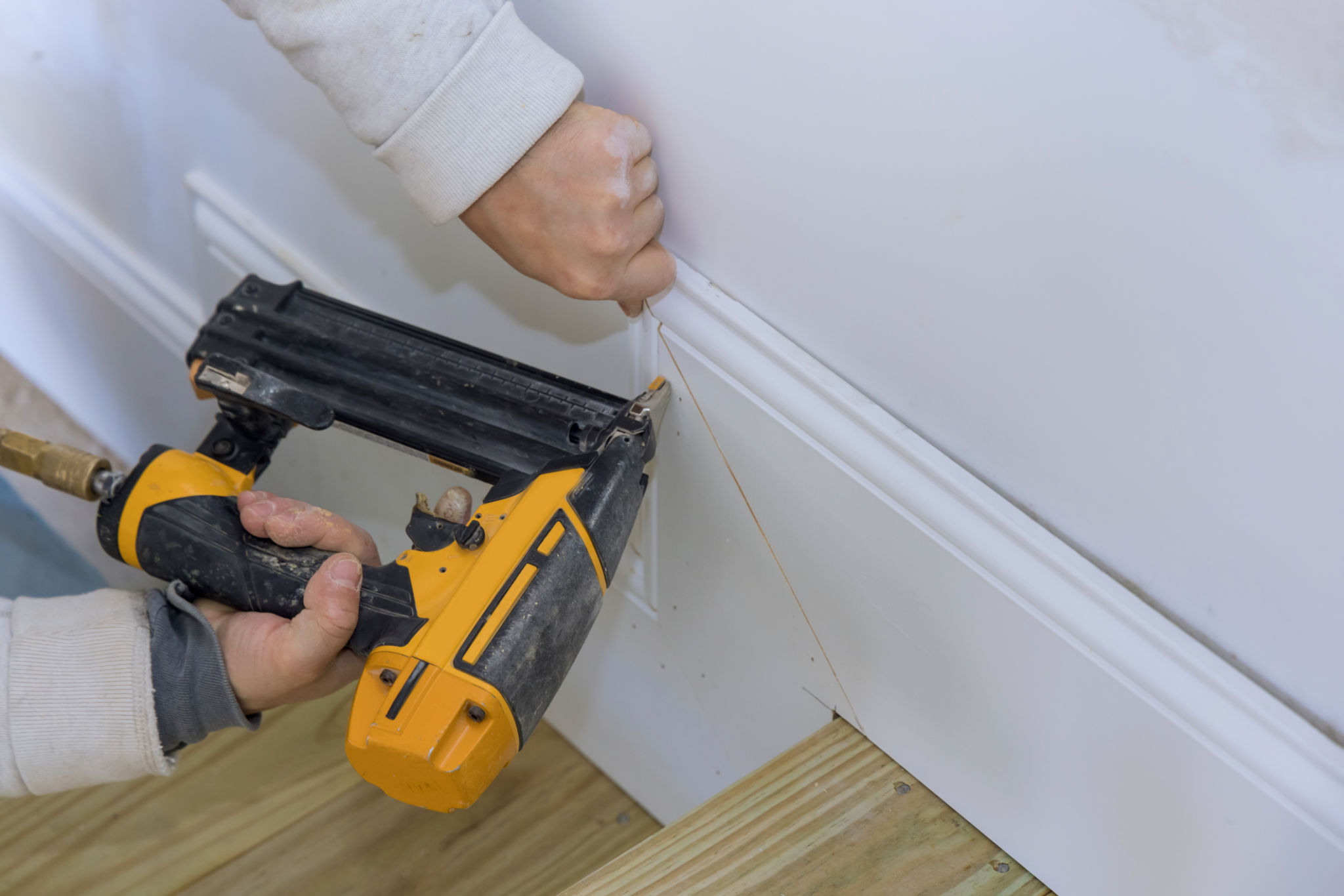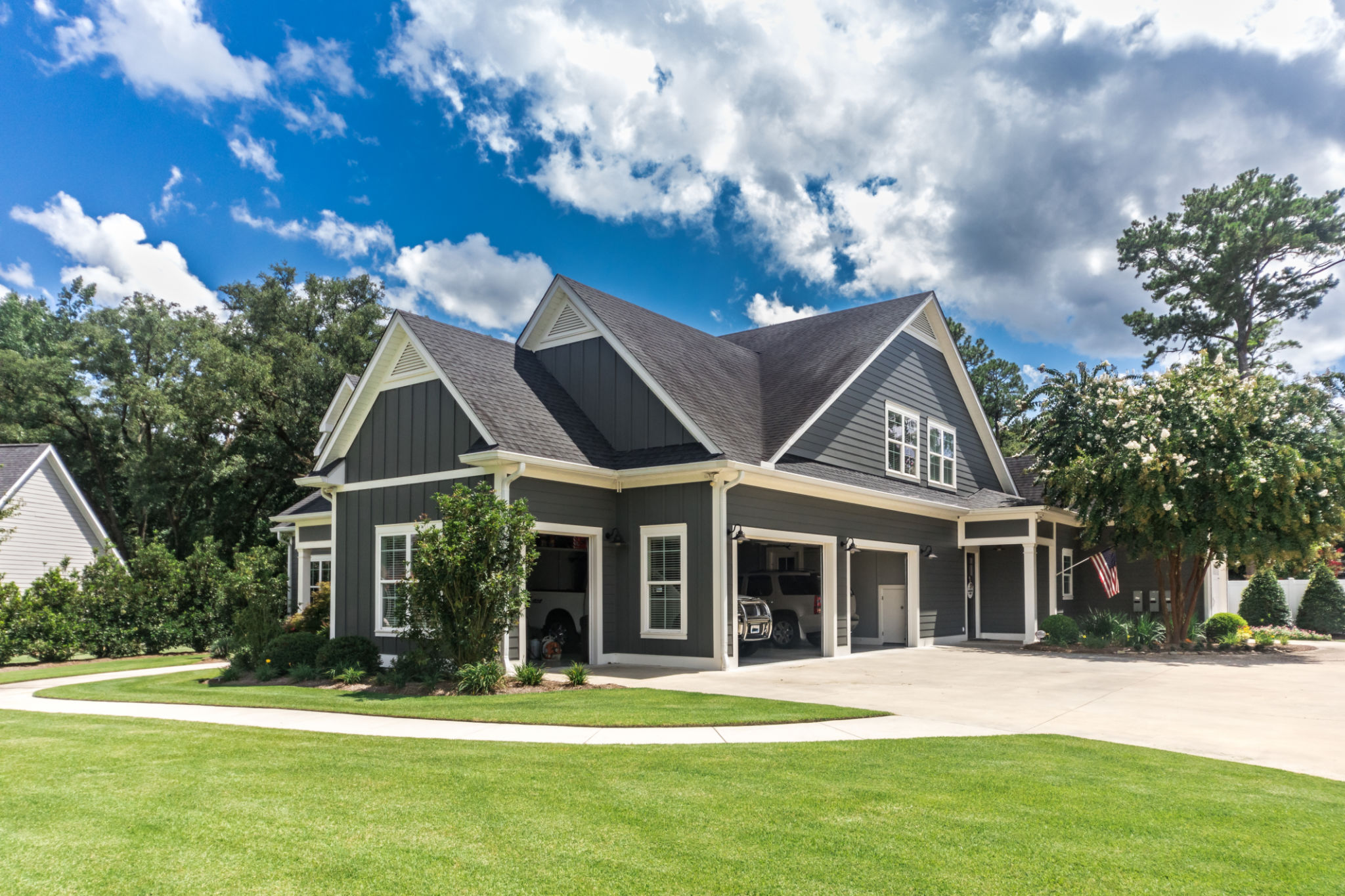Transforming Your Home with Interior and Exterior Trim Work: Expert Tips and Techniques
Understanding the Impact of Trim Work
When it comes to home improvement, both interior and exterior trim work play a crucial role in enhancing the aesthetic appeal and structural integrity of your home. Trim work, including crown molding, baseboards, window casings, and exterior detailing, adds a layer of sophistication and character to any property. Whether you're looking to sell your home or simply want to enjoy a more polished living space, investing in quality trim work can make a significant difference.

Choosing the Right Materials
Selecting the appropriate materials for trim work is an essential step in the transformation process. For interior trim, materials such as wood, MDF (medium-density fiberboard), and polyurethane are popular choices. Wood offers a classic look and can be painted or stained to match any decor. MDF provides a smooth finish and is more budget-friendly, while polyurethane is resistant to moisture, making it ideal for bathrooms and kitchens.
For exterior trim, durability is key. Materials like fiber cement, PVC, and composite wood are excellent choices due to their ability to withstand weather changes and resist rot. Each material has its unique set of benefits, so consider factors like climate, budget, and maintenance when making your selection.
Design Techniques for Interior Trim
Transforming your home's interior with trim work involves a keen eye for design. Crown molding can elevate the height of ceilings, giving rooms a more spacious feel. Creating a picture frame wainscoting effect can add depth and texture to walls, making them stand out as a focal point.

When working with baseboards and door casings, consider their scale and proportion in relation to the room size. Larger rooms can handle wider baseboards, while smaller spaces might benefit from sleeker designs. Mixing and matching different styles of trim can also create a unique and personalized look.
Enhancing Curb Appeal with Exterior Trim
Exterior trim work is not only about aesthetics but also about protecting your home from the elements. Fascia boards, soffits, and window trims are integral parts of exterior detailing that can significantly boost curb appeal. Choosing the right color palette for exterior trim can create a harmonious blend with your home's siding and roofing.
Consider adding decorative elements like brackets or corbels to porch areas for a touch of elegance. These features can turn an ordinary facade into an eye-catching masterpiece that draws attention for all the right reasons.

Installation Tips from the Experts
While some homeowners might consider DIY trim installation, hiring professionals ensures precision and quality. Experts have the tools and experience needed to handle complex cuts and installations, especially in older homes where walls may not be perfectly straight.
If you choose to tackle the project yourself, make sure to measure twice before cutting and use the appropriate tools for each material type. A miter saw is typically essential for achieving clean angles on molding pieces.
Maintaining Your Trim Work
Once your trim is installed, regular maintenance will keep it looking its best. For interior trim, occasional dusting and wiping with a damp cloth are usually sufficient. Exterior trim may require more attention due to exposure to weather; consider repainting or sealing every few years to prevent wear and tear.
Inspecting your trim for signs of damage or decay is crucial. Early intervention can prevent minor issues from becoming costly repairs down the line.
By incorporating these expert tips and techniques, you can transform your home with stunning interior and exterior trim work that elevates both style and value. Whether you're going for a classic look or something more contemporary, the right trim can make a world of difference.